var obj = {name:"小明"};
console.log("obj1",obj);
// 1. {name:"小明",age:10}
obj.age = 10;
console.log("obj2",obj);
// 2. {name:"小明",age:10}
why does the browser console display the result at the first? I think the reuslt should be an unchanged object {name:"小明"}.Now ,I have a headache about it . appreciate your response.

